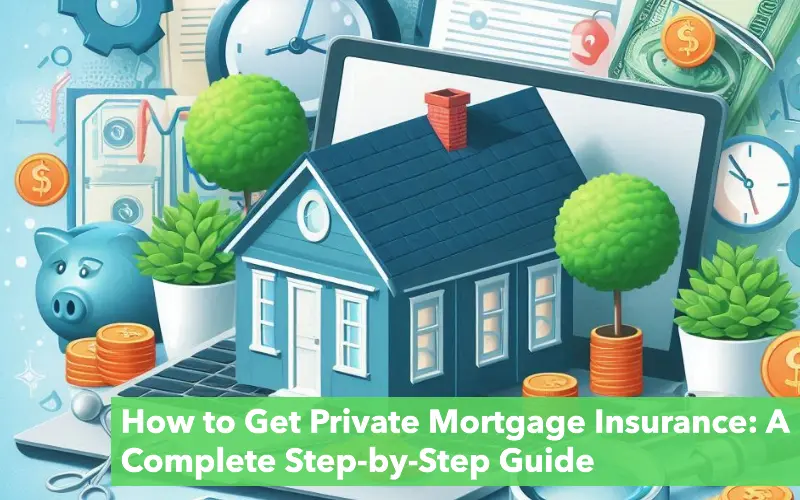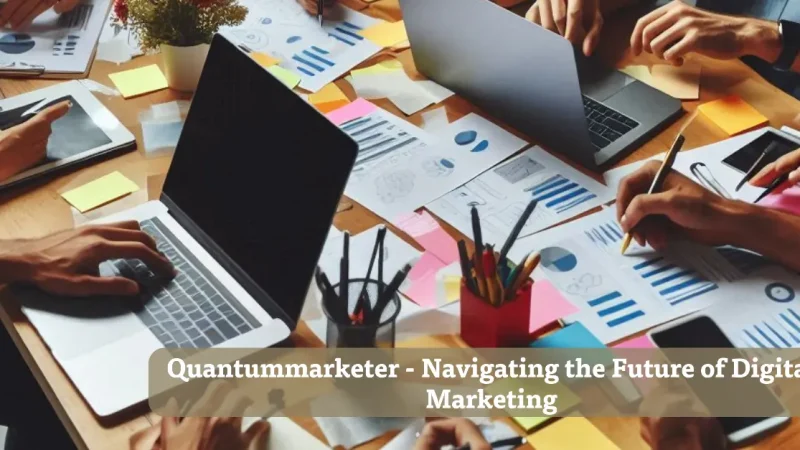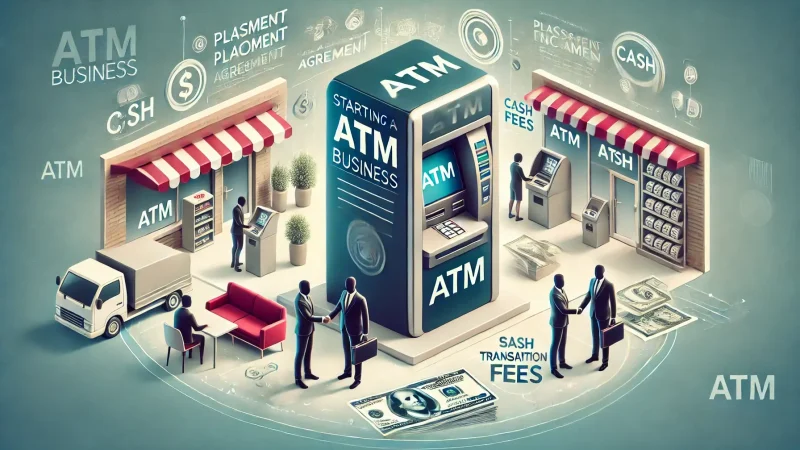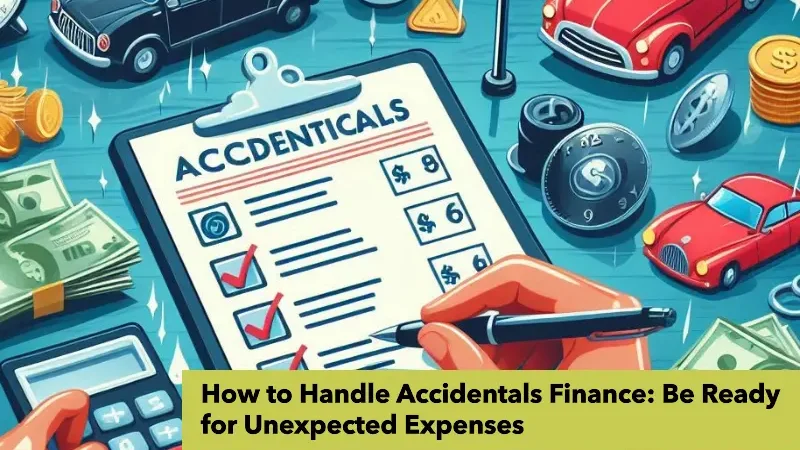How to Get Private Mortgage Insurance: A Complete Step-by-Step Guide

If you’re looking to buy a home but don’t have a 20% down payment, you’ll likely need to get private mortgage insurance (PMI). PMI protects lenders when you have less equity in the home and helps you secure a loan with a smaller down payment. we’ll explain how to get private mortgage insurance, why it’s necessary, and how to save on PMI costs. Whether you’re a first-time homebuyer or simply need a refresher, we’ll cover everything in simple terms.
What is Private Mortgage Insurance?
Private Mortgage Insurance, commonly called PMI, is an insurance policy that protects the lender if you default on your mortgage loan. While it doesn’t directly benefit the borrower, it’s often a requirement for homebuyers who are putting down less than 20% of the home’s purchase price.
Why Do You Need PMI?
Lenders often see smaller down payments as risky. PMI is designed to reduce the risk for lenders in case the borrower fails to pay back the mortgage. If you put down less than 20%, your lender will require PMI to protect their investment. The good news is, once your home equity reaches 20%, you can typically stop paying for PMI.
How to Get Private Mortgage Insurance
To get private mortgage insurance, you don’t have to shop around for policies as you would for home or auto insurance. The lender arranges PMI for you, but you will have to pay the premium as part of your mortgage payment.
Here’s a step-by-step guide on how to get PMI:
1. Speak with Your Lender
Your first step is to consult your mortgage lender. They will inform you whether PMI is required based on your down payment amount and the loan terms. Generally, you will need PMI if your down payment is less than 20% of the home’s value.
2. Understand the Cost of PMI
PMI costs typically range from 0.3% to 1.5% of your original loan amount per year. This amount varies depending on several factors such as:
- Loan amount: Higher loan amounts may require higher PMI premiums.
- Down payment size: A smaller down payment means higher PMI.
- Credit score: Borrowers with better credit scores tend to have lower PMI costs.
You’ll pay PMI until you reach 20% equity in your home. Some loans may require PMI for the life of the loan, so always check with your lender for details.
3. Choose Your Loan Type
PMI is generally required for conventional loans. However, if you are considering an FHA loan, you will be required to pay mortgage insurance premium (MIP) instead, which is similar but has slightly different terms. For FHA loans, the premium is often for the life of the loan unless you refinance into a conventional loan.
4. Review the PMI Payment Options
There are various ways you can pay for PMI. Understanding these options can help you better manage your finances:
- Monthly PMI: The most common method where PMI is added to your monthly mortgage payment.
- Upfront PMI: You can opt to pay the entire PMI cost upfront at closing. This option can save you money over time if you plan to stay in the house long term.
- Split PMI: This is a combination of both upfront and monthly payments. You can pay part of the PMI cost at closing and the rest with your mortgage payments.
5. Increase Your Down Payment
If you’re close to having a 20% down payment but still fall short, it might be worth waiting or saving up to reach that 20% threshold. This can help you avoid PMI altogether and save thousands of dollars over the life of the loan.
6. Monitor Your Home’s Equity
Once you reach 20% equity in your home, you can request to cancel PMI. This can happen either by making extra payments on your mortgage or through the natural appreciation of the home’s value. Be sure to monitor your mortgage statements or get an appraisal when you think you’re near that point.
Types of Private Mortgage Insurance
Not all PMI policies are the same. Understanding the different types of PMI can help you make the best decision for your financial situation:
1. Borrower-Paid Mortgage Insurance (BPMI)
This is the most common type of PMI, where you pay monthly premiums along with your mortgage payment. You can cancel BPMI once your equity reaches 20%.
2. Lender-Paid Mortgage Insurance (LPMI)
In this option, the lender pays for PMI but charges you a higher interest rate on your mortgage. LPMI cannot be canceled, but the benefit is that you won’t have to worry about a monthly PMI payment.
3. Single-Premium Mortgage Insurance (SPMI)
SPMI allows you to pay one large upfront premium either at closing or by financing the cost into your mortgage. This option might save you money in the long run if you plan to stay in the home for a long period.
How to Lower Your PMI Costs
Now that you know how to get private mortgage insurance, you may wonder how to reduce the costs. Here are a few strategies that can help:
1. Improve Your Credit Score
A higher credit score generally results in lower PMI premiums. If your score is below 700, consider improving it before applying for a mortgage.
2. Increase Your Down Payment
Putting down more money upfront will reduce the amount of PMI you need to pay. Even if you can’t afford 20%, putting down 10% instead of 5% can still result in savings.
3. Compare Lenders
Different lenders may offer varying PMI rates, so it’s worth shopping around for the best deal. While the lender arranges PMI, they can work with different PMI providers.
4. Refinance to Remove PMI
Once your home reaches 20% equity, you can refinance your mortgage to a lower rate and remove PMI altogether. However, make sure the savings from removing PMI outweigh the closing costs of refinancing.
The Benefits of PMI
Though PMI increases your monthly mortgage payments, it offers some important advantages:
- Enables Lower Down Payments: PMI allows you to buy a home with as little as 3% to 5% down.
- More Affordable Homeownership: With PMI, you can buy a home sooner rather than saving up for a large down payment.
- Increases Buying Power: PMI may allow you to buy a more expensive home than you could otherwise afford.
Common Misconceptions About PMI
Let’s debunk a few common myths:
- PMI is forever: No, once you reach 20% equity, you can cancel it.
- PMI is only for bad credit borrowers: Even buyers with good credit might need PMI if their down payment is less than 20%.
- PMI is too expensive: PMI typically costs between 0.3% to 1.5% of the loan amount annually, which is often manageable.
Conclusion: Why Private Mortgage Insurance is Important
Private mortgage insurance allows many people to become homeowners sooner than they would otherwise. While it may feel like an extra cost, it plays a critical role in helping buyers secure loans with smaller down payments. Once you build enough equity, you can drop the PMI and enjoy lower payments. Always talk with your lender about your options and try to save on PMI by improving your credit score, increasing your down payment, or refinancing your loan when possible.
For more details on PMI, visit this guide: https://realestatejot.info/how-to-get-private-mortgage-insurance/






